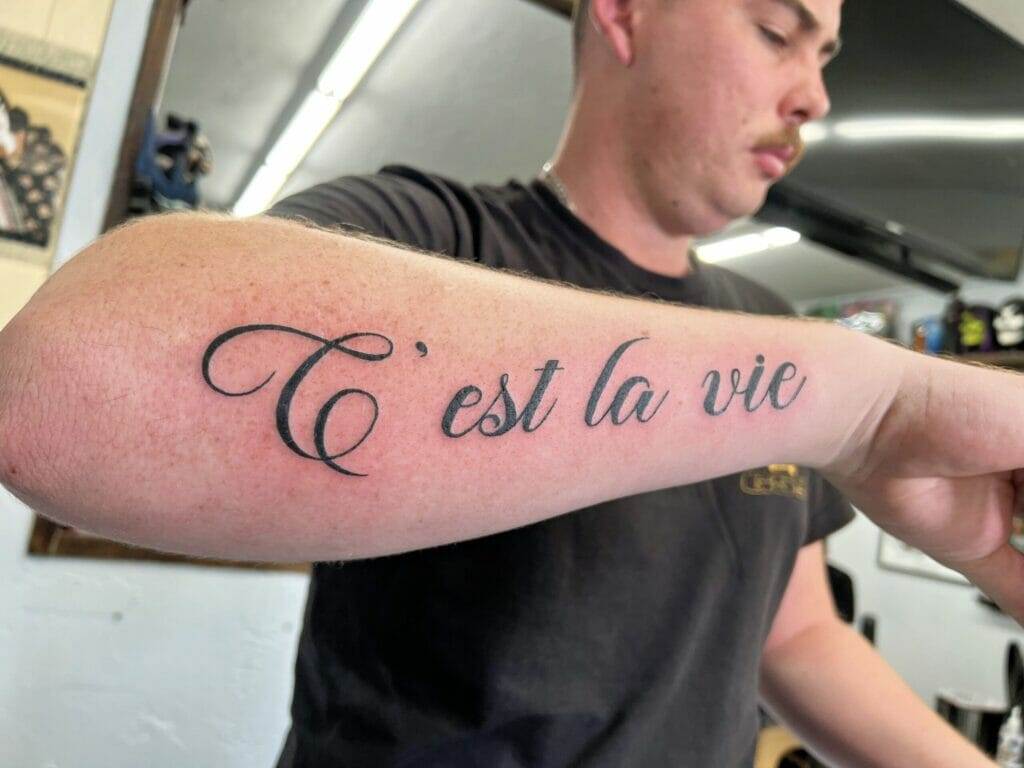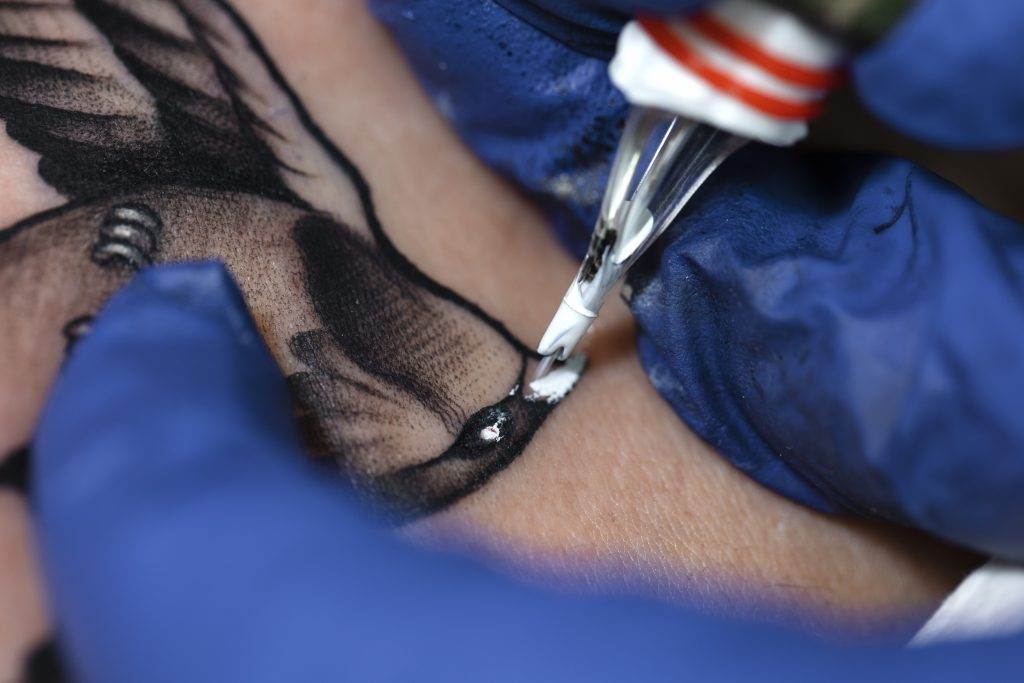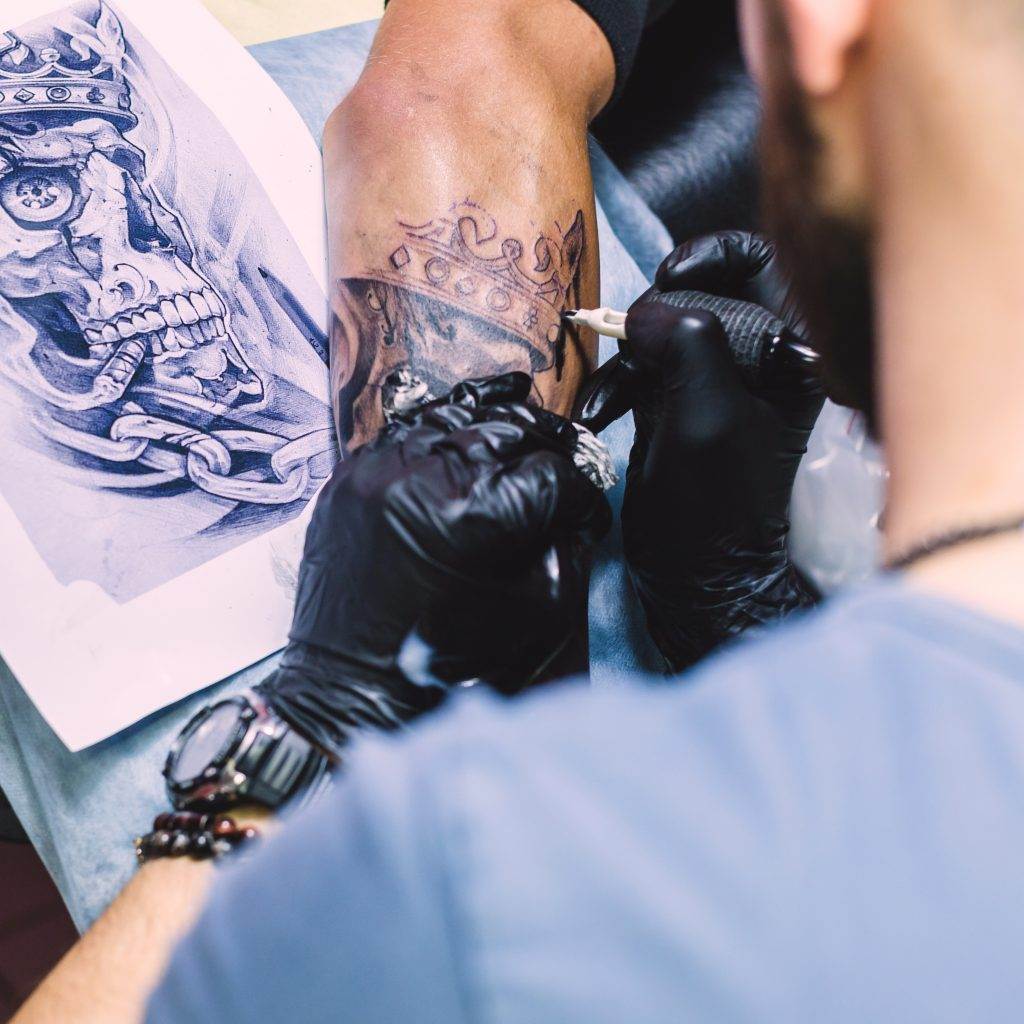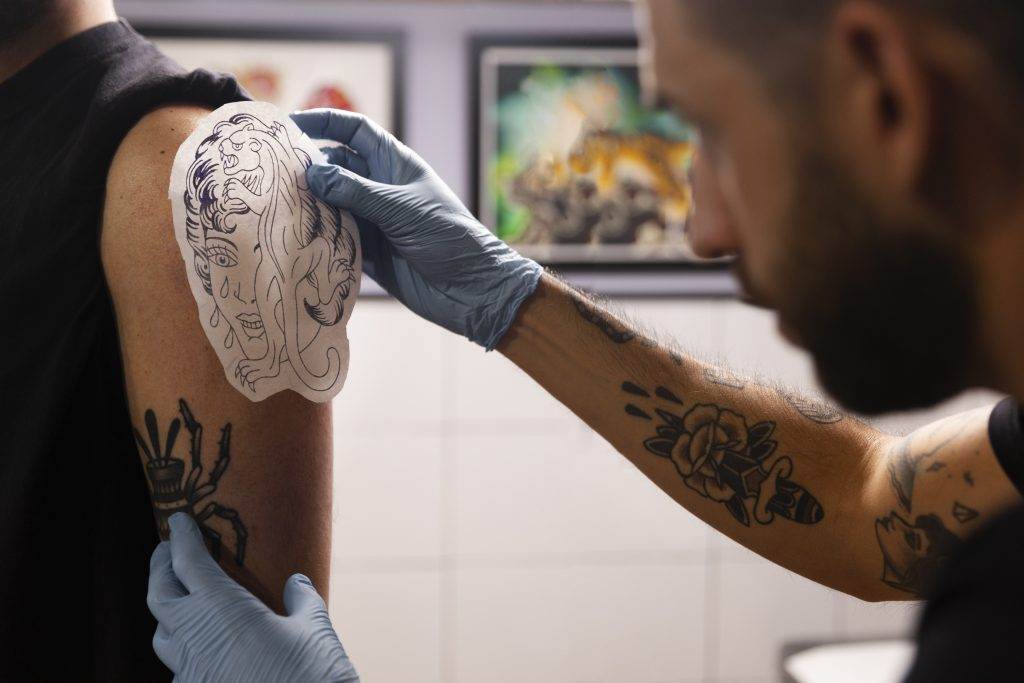Tattooing has been practiced for thousands of years, with evidence of its existence dating back to ancient civilizations such as the Egyptians, Greeks, and Romans. Throughout history, tattoos have served various purposes, including cultural and religious significance, identification, and personal expression. Today, tattooing has evolved into a thriving industry, with tattoo artists creating intricate and unique designs that reflect the individuality and personality of their clients.
In the world of tattooing, design plays a crucial role. A well-designed tattoo can transform a person’s body into a work of art, while a poorly designed one can leave the client feeling unsatisfied and regretful. Tattoo design is not just about creating a visually appealing image; it is about understanding the client’s vision and translating it into a design that they will be proud to wear for the rest of their lives.
The importance of understanding the client’s vision
One of the most important aspects of tattoo design is understanding the client’s vision. Every person has a unique story to tell, and their tattoo is a way for them to express themselves and share that story with the world. As a tattoo artist, it is your job to listen to your client and understand what they want to convey through their tattoo.
Effective communication with the client is key in understanding their vision. This involves asking the right questions and actively listening to their responses. By asking open-ended questions, you can encourage the client to share more about their ideas, preferences, and personal experiences. Understanding their personality and style is also crucial in creating a design that resonates with them.
Research and inspiration: Finding the right references
Research is an essential part of the tattoo design process. It allows you to gather information and inspiration that will help you create a unique and meaningful design for your client. Research can involve studying different tattoo styles, exploring various artistic techniques, and learning about the symbolism and meaning behind different images and symbols.
Finding inspiration from various sources is also important in the design process. This can include looking at other artists’ work, exploring different art forms such as paintings and sculptures, and even drawing inspiration from nature or cultural traditions. By immersing yourself in different sources of inspiration, you can expand your creative horizons and come up with fresh and innovative ideas for your designs.
Creating a mood board is a helpful technique in the research and inspiration phase. A mood board is a visual collage that combines images, colors, textures, and other elements that capture the essence of the client’s vision. It serves as a reference point throughout the design process and helps you stay focused on the client’s desired aesthetic.
Sketching and brainstorming: Mapping out your ideas
Sketching is an integral part of the tattoo design process. It allows you to map out your ideas and explore different possibilities before committing to a final design. Sketching helps you visualize how the design will look on the client’s body and allows you to make adjustments and revisions as needed.
Brainstorming techniques can help generate new ideas and push your creativity further. This can involve sketching multiple variations of a design, experimenting with different compositions, or even collaborating with other artists to get fresh perspectives. The goal is to explore different options and find the best solution that aligns with the client’s vision.
Mapping out the design on paper is an important step in the sketching process. This involves creating a detailed outline of the design, including its placement on the body, size, and overall composition. By mapping out the design, you can ensure that it fits well on the client’s body and flows harmoniously with their existing tattoos or body features.
Choosing the right style for the design

Tattooing encompasses a wide range of styles, each with its own unique characteristics and aesthetic appeal. Some popular tattoo styles include traditional, neo-traditional, realism, watercolor, blackwork, and geometric, among many others. When choosing the right style for a design, it is important to consider the client’s vision and preferences.
Understanding the client’s desired aesthetic and the message they want to convey through their tattoo is crucial in selecting the appropriate style. Some clients may prefer a more traditional and timeless look, while others may be drawn to bold and vibrant colors or intricate details. By understanding the client’s vision and considering their personal style, you can create a design that resonates with them on a deeper level.
Incorporating different styles into one design can also create a unique and visually appealing result. This can involve blending elements from different styles or creating a fusion of styles that reflects the client’s individuality. By combining different styles, you can create a design that is truly one-of-a-kind and tailored to the client’s specific vision.
Placement and size considerations
When designing a tattoo, it is important to consider the placement and size of the design. The placement of a tattoo can greatly impact its overall appearance and how it interacts with the client’s body. Different body parts have different shapes and contours, which can affect how the design flows and fits on the body.
Factors to consider when choosing placement include the client’s comfort level, visibility of the tattoo, and how it will interact with their existing tattoos or body features. It is important to have open and honest communication with the client about their preferences and any concerns they may have regarding placement.
Size is another important consideration in tattoo design. The size of a tattoo can affect its level of detail, visibility, and overall impact. Smaller tattoos are often more discreet and can be placed in areas that are easily covered, while larger tattoos allow for more intricate designs and can make a bolder statement.
Working with the client’s body shape and size is crucial in creating a design that is harmonious and flattering. By considering the client’s unique body features, you can create a design that enhances their natural beauty and complements their individuality.
Incorporating symbolism and meaning into the design
Tattoos have long been associated with symbolism and meaning. For many people, getting a tattoo is a way to express their beliefs, values, or personal experiences. As a tattoo artist, it is important to understand the client’s personal story and incorporate symbolism and meaning into their design.
Incorporating symbolism and meaning can involve researching different symbols and their cultural or historical significance. It can also involve understanding the client’s personal experiences and finding ways to visually represent them in the design. By creating a design that holds personal significance for the client, you can help them create a tattoo that is not only visually appealing but also deeply meaningful.
Refining the design: Making necessary revisions
The design process is an iterative one, and it often involves making revisions and adjustments along the way. Getting feedback from the client is crucial in refining the design and ensuring that it meets their expectations.
By presenting the initial design to the client, you can gather their feedback and make any necessary revisions. This can involve making changes to the composition, color palette, or level of detail. It is important to approach this process with an open mind and be willing to make adjustments based on the client’s preferences.
Choosing the right colors and shading techniques
Choosing the right colors and shading techniques is essential in bringing a tattoo design to life. Colors can evoke different emotions and create a certain mood or atmosphere in a design. Shading techniques, such as stippling or hatching, can add depth and dimension to the tattoo.
When choosing colors, it is important to consider factors such as the client’s skin tone, personal preferences, and the overall aesthetic of the design. Certain colors may complement the client’s skin tone better than others, while others may create a more vibrant or subdued effect.
Shading techniques can also greatly enhance the overall appearance of a tattoo. By using different shading techniques, you can create a sense of depth and realism in the design. It is important to consider the client’s desired aesthetic and the overall composition of the design when choosing shading techniques.
Preparing for the tattoo session
Preparing for the tattoo session is an important step in the design process. This involves communicating with the client about the process, discussing any necessary preparations, and preparing the design for transfer onto the client’s skin.
Communicating with the client about the process is crucial in ensuring that they are well-informed and comfortable with what to expect during the tattoo session. This can involve discussing any potential discomfort, aftercare instructions, and answering any questions or concerns they may have.
Preparing the design for transfer involves creating a stencil or outline of the design that will be transferred onto the client’s skin. This allows you to ensure that the design is accurately placed and sized before beginning the tattooing process.

The satisfaction of bringing a client’s vision to life
Bringing a client’s vision to life through tattoo design is a rewarding and fulfilling experience. As a tattoo artist, you have the unique opportunity to create a meaningful and lasting piece of art that will be cherished by your clients for years to come.
By understanding the client’s vision, conducting thorough research, sketching and brainstorming ideas, choosing the right style and placement, incorporating symbolism and meaning, refining the design, choosing colors and shading techniques, and preparing for the tattoo session, you can create a design that not only meets your client’s expectations but also exceeds them.
The impact of a well-designed tattoo on a client’s life can be profound. It can serve as a reminder of their personal journey, a symbol of their identity or beliefs, or simply a beautiful piece of art that brings them joy. By creating a design that resonates with the client on a deep level, you can help them tell their story and express themselves in a way that is truly unique and meaningful.



